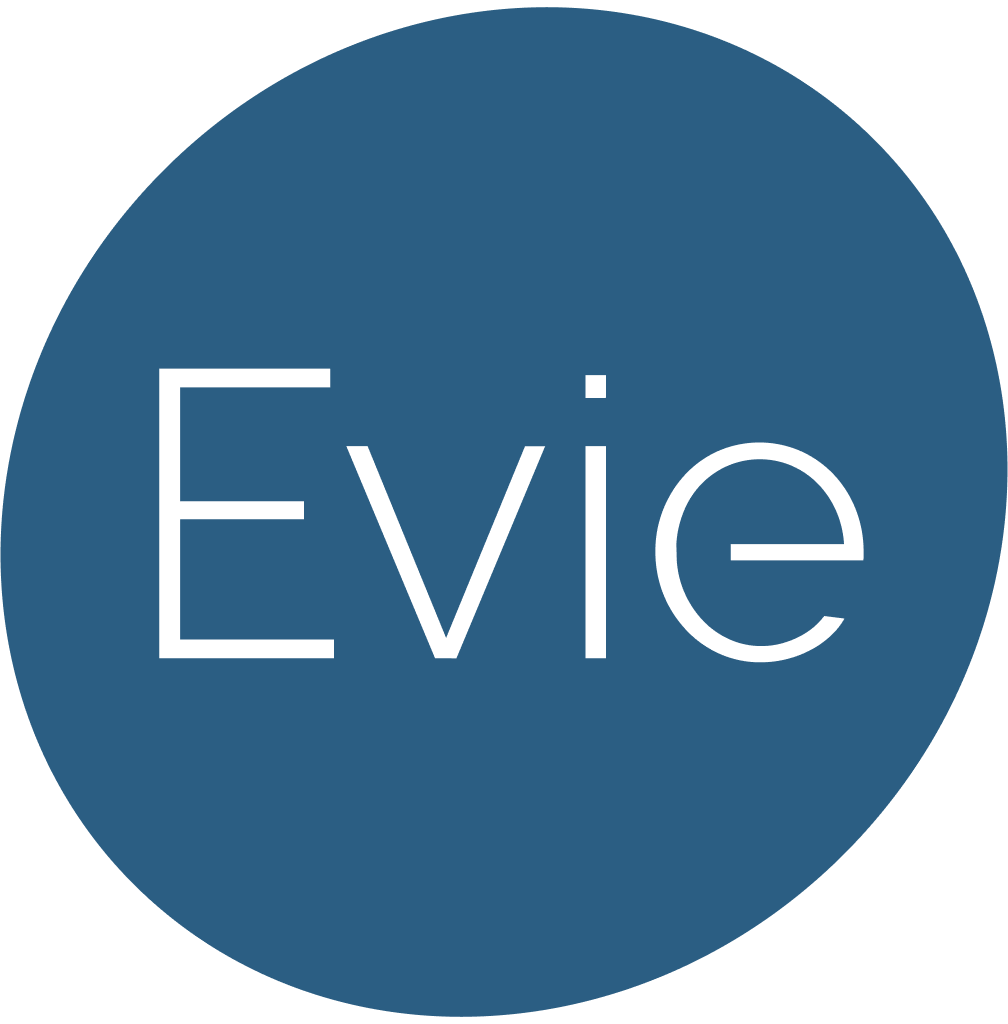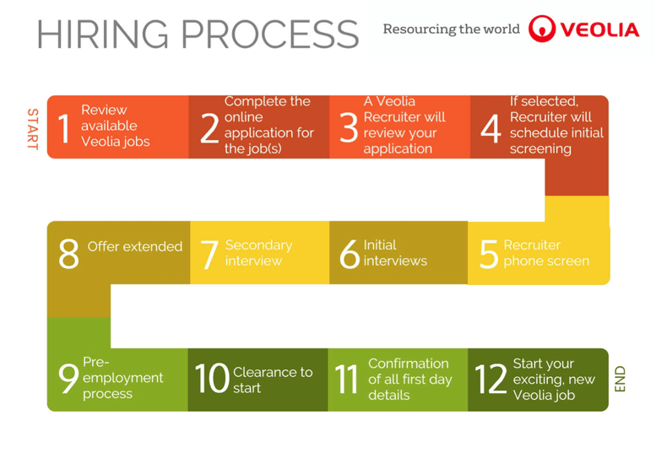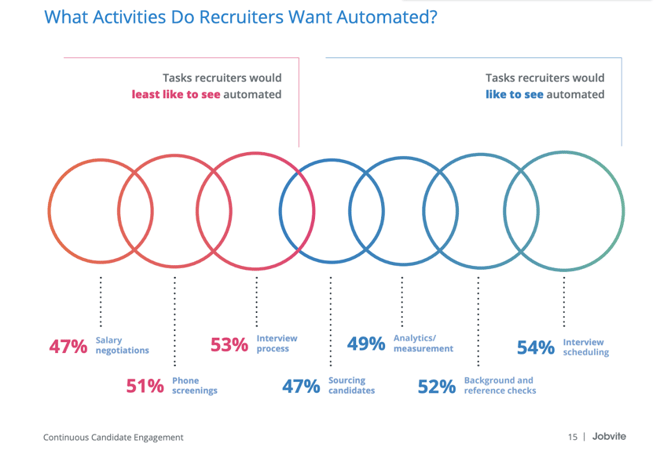Recruitment was already much tougher in 2019 than it was in 2018—and 2020 looks to be no different. A McKinsey survey of senior leaders revealed that there will be a shortage of talent for around 16 to 18 million high-skill roles (especially those with expertise in specific tech verticals) this year in Europe and the United States.
In other words, there’s a war for talent going on. This places great pressure on recruiters to find quality hires, while reducing the time-to-hire. That, however, is easier said than done, as every step of the recruitment process consumes a lot of time and resources.
It is crucial for recruiters to devote their time and energy towards achieving their ultimate goal of hiring the right candidate.
These are five things that recruiters must focus on to win the war for talent.
1. Developing an employer value proposition (EVP)
As competition for talent continues to get tougher, more companies are realizing the need to do a better job of marketing themselves to job seekers. That’s why recruiters and HR teams are honing their employer value propositions (EVPs). An EVP refers to the offerings, associations, and values your company communicates to existing employees and potential recruits. LinkedIn puts it succinctly: it “encompasses your organization’s mission, values, and culture, and gives employees a powerful reason to work for you.”
An EVP is critical to winning over the best candidates, as a strong employer brand can improve your ability to find qualified talent by 50%. Studies by LinkedIn show that companies with strong EVPs end up reducing their cost-per-hire by as much as 43%. In contrast, companies with a workforce of at least 10,000 employees spend up to $7.6 million in wages to compensate for a poor reputation, according to a study published in the Harvard Business Review.
Here are some examples of EVPs:
- Hotel chain Hilton designed Thrive at Hilton, a framework that aims to help its employees—which it refers to as Team Members—grow in mind, body, and spirit. Last year, Hilton was ranked #2 on a global list of best companies to work for.
- LinkedIn builds a workplace culture “where everyone feels they belong, regardless of their place in their career.” The company partners with organizations and campuses as part of its recruitment efforts. It was named as the top 2 best employer for new graduates in the USA in 2019.
- Business consultancy firm Bain & Company sees its employees—fondly called “Baineys”—as its best asset. Baineys experience cross-functional teamwork, get opportunities for growth, and enjoy an environment of open communication. Over the years, Bain & Company has consistently been recognized as one of the best workplaces in the United States.
So how do you create an EVP unique to your company? Edelman, a global communications firm, recommends starting with data you have on end, including employee surveys and feedback. Identify trends and themes in the data. Next, you need to dive deeper by conducting interviews and focus group discussions with stakeholders—HR, marketing, senior management, and other employees and departments—to understand their experiences, perceptions, and expectations of your company culture.
Once done, you can write your value proposition, which Edelman says should be “a simple overarching statement that will become the essence of your employee experience and employer brand commitment.” And finally, you need to spread the word about your EVP through various recruitment and marketing channels.
2. Creating a recruitment marketing plan
With your EVP in place, you can then use it to power your recruitment marketing plan.
Just as people go through a buyer’s journey before they become customers, job seekers also go through a similar process when they apply for your roles. Although there are different interpretations of this journey, it’s essentially broken down into the following stages, as explained by TalentLyft and LinkedIn:
- Awareness - In this stage, you are building potential candidates’ awareness of your company with your EVP.
- Consideration - Your marketing efforts center on getting people to consider you as a potential employer.
- Interest - In this stage, you are now convincing candidates to apply for your open roles.
A recruitment marketing plan addresses each stage of this journey. For example, for the interest stage, your marketing messages can focus on your culture and what makes you different—factors that influence a job seeker’s decision to apply.
Recruiters can use a multi-stage-driven approach to attracting, engaging, and hiring talent.
TalentLyft recommends an 11-step process to do this. It begins with defining your recruitment marketing goals and ends with measuring the results. It also involves things like EVP development, career page optimization, and talent pool management.
All of this requires strategic thinking and takes up time to execute. This, however, is the kind of work that truly improves both the quantity and quality of hires. And at the end of the day, that’s what recruiters need to do.
3. Improving the quality and relevance of your talent pool
Research shows that 98% of job applicants are eliminated at the initial resume screening and only 2% make it to an interview. This level of inefficiency is often caused by focusing on the quantity instead of the quality of candidates.
Rather than cast a wide net to attract as many candidates as you can, you can create a smaller but better-qualified pool of applicants to improve your yield and reduce your cost-per-hire.
A tried-and-proven strategy of creating an effective talent pool is with an employee referral program, which, according to CareerBuilder, has the best return on investment for 82% of employers.
4. Assessing candidate skills
Since it can be difficult to acquire sufficient information about an external applicant’s past performance, the next best thing you can do is to test candidates’ standard skills. This is especially useful for roles in tech, like programming, cybersecurity, or web development, where putting candidates through challenges and scenarios can demonstrate their problem-solving abilities.
And yet, according to an HBR study, only 40% of employers do any tests of skills or general abilities, including IQ. Consider integrating such tests into your recruitment workflow to get ahead of the competition in screening qualified candidates. Online assessment tools like Hundred5, Bryq, and Eskills, are among many others that help you test candidates for the skills you require. This goes a long way towards hiring top-quality talent.
5. Reviewing and optimizing your recruitment operations
If you feel like your company hasn’t been recruiting the best talent, you’re not alone. In fact, research by McKinsey shows that 82 percent of companies share this belief.
One reason for this is that certain steps in the recruitment process are inefficient and time-consuming. Recruiters need to identify these steps and optimize them.
To do so, it may first help to visualize your recruitment process, as Veolia, a multinational company, has done:
Now think about how much time and manpower each step requires. You’ll notice that certain steps involve plenty of routine work, and spending too much time on them can increase the time-to-hire.
These tasks that consumes a lot of time and comprise of manual and routine work can now be automated so that recruiters can focus on hiring top talent before your competitors do.
In fact, as Jobvite’s research shows, recruiters would like to retain the personal, human interaction involved in negotiation, phone screening, and the interview itself. But they’d prefer to have other tasks automated—especially routine work like interview scheduling.
It's easy to see how much recruiters have on their plates and the abundance of work required to not only find talent, but to attract and bring them into their organization.
Recruitment teams need to strip away routine tasks as the cost of automation tools pales in comparison to the opportunities that are awarded to recruiters who spend their time doing the higher-value work that we discussed above.



